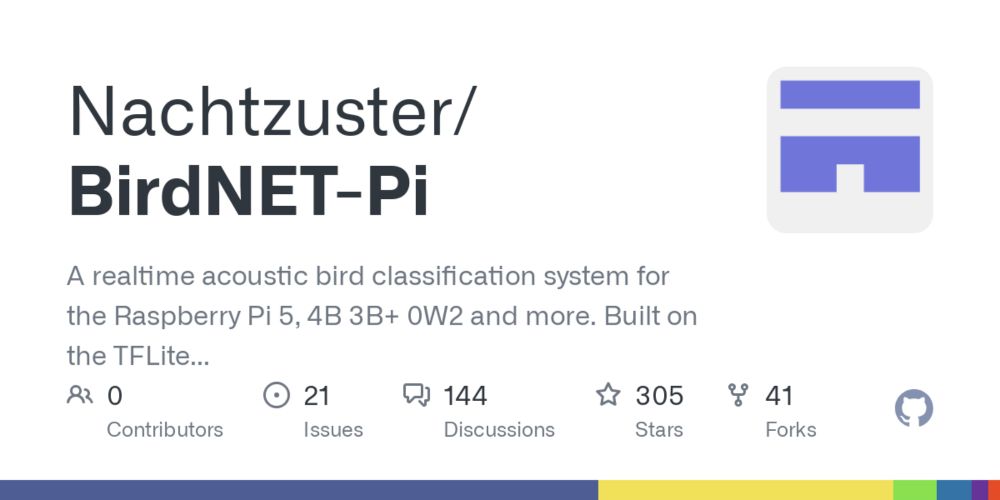interested in climate journalism, creative exploration, craft projects, climbing rock


The house sparrow clearly takes the win for the noisiest bird.

The house sparrow clearly takes the win for the noisiest bird.
The red spots in the 2025 image are areas affected by the recent wildfires. The cyan-colored spots in the 2024 image are peaks covered by snow in the Tehachapi mountains.
The red spots in the 2025 image are areas affected by the recent wildfires. The cyan-colored spots in the 2024 image are peaks covered by snow in the Tehachapi mountains.

